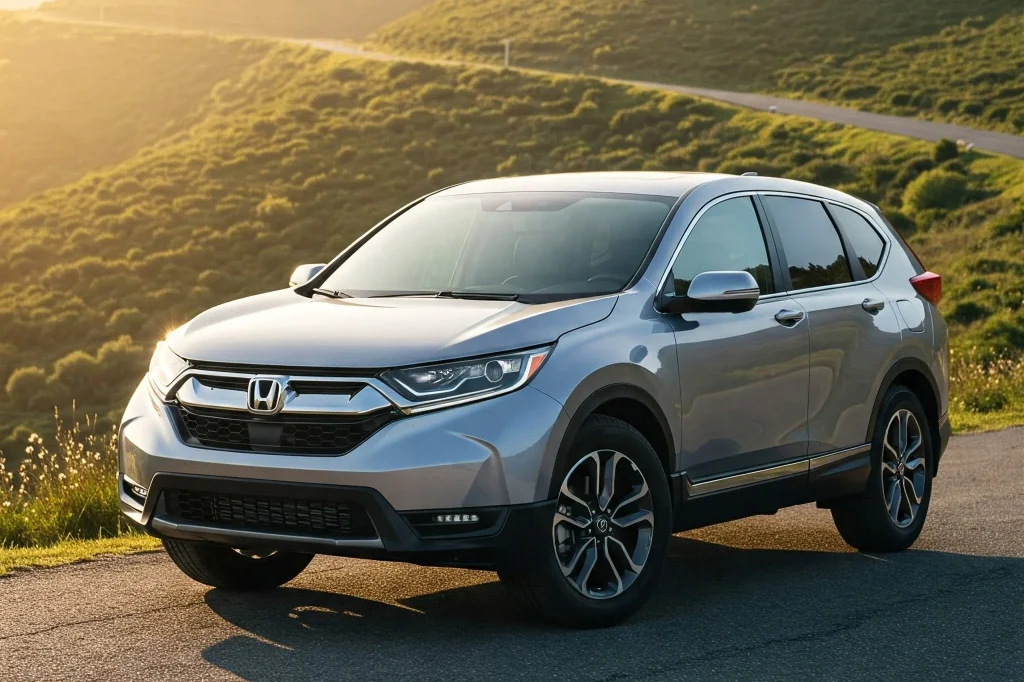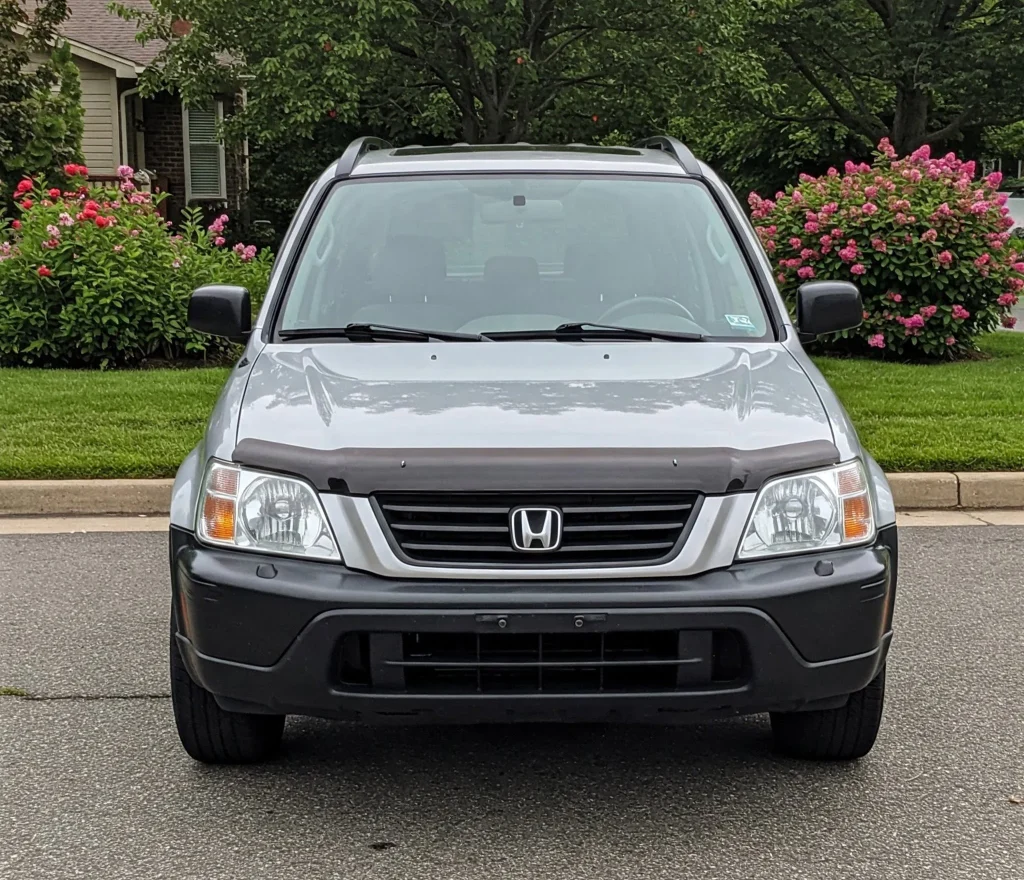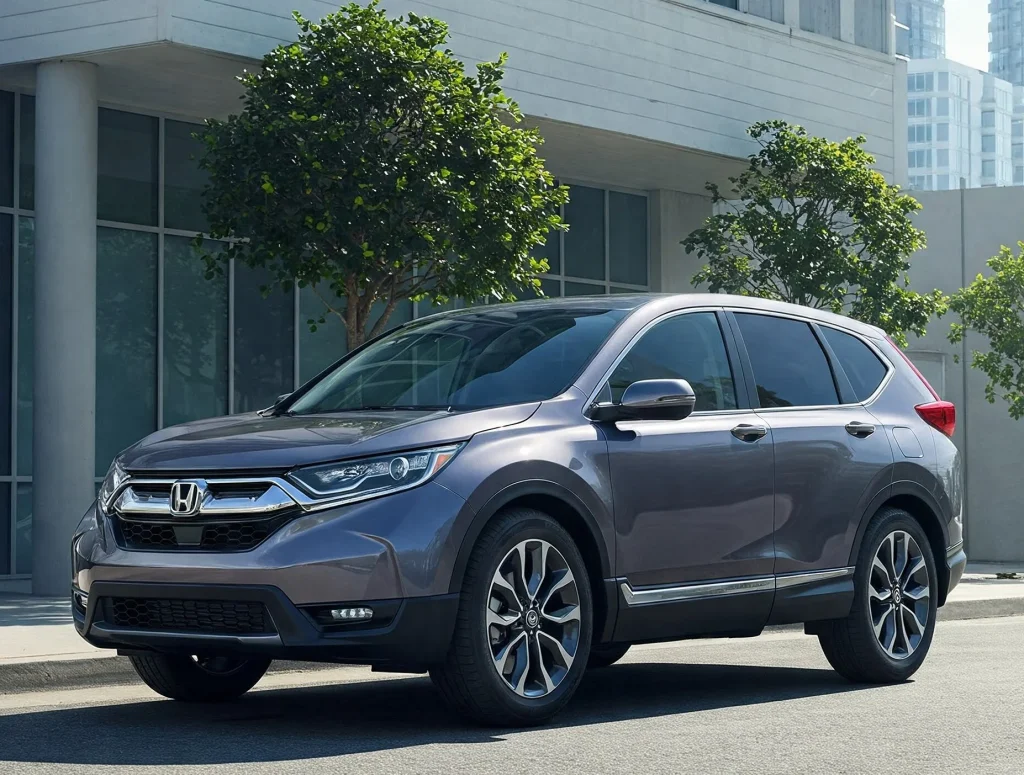Honda CRV Years to Avoid | Models With Major Faults
The Honda CR-V is a great SUV that is known around the world for its dependability, comfort, and fuel efficiency. Some years of the CRV have seen engine troubles, gearbox failures, and other expensive repairs.
If you’re looking to buy a used Honda CR-V, you should know which years to avoid. This article will help you understand the most problematic models so you know which Honda CRV years to avoid.

Also Read: Why Hyundai Is Bad
Common Issues Seen in Honda CRV Models
Some of the most common issues seen in previous Honda CRV models have been:
Engine Issues
Some Honda CR-V models have faced engine issues like overconsumption of oil and stalling. These problems can result in poor fuel economy and expensive repairs. In extreme cases, engine failure is a possibility, which requires a full replacement of engine.
Transmission Issues
Some CR-Vs have had transmission issues such as hard shifting or slipping gears. These are potential safety concerns at high speeds or during heavy traffic. Failing transmissions can only be fixed at a high expense or need a complete replacement.
Air Conditioning System Failure
Many owners have complained about air conditioning breakdowns, usually compressor malfunctions. When the compressor is broken, the AC system no longer cools and this causes inconvenience during hot weather. Fixing or replacing the AC system is expensive if other parts are also affected.
Electrical Issues
Some CR-Vs have faced electrical faults such as problems with power windows and dashboards. They can cause issues and affect the safety of the vehicle. They need to be professionally repaired when faulty wiring or components are at fault.
Suspension and Steering Problems
Suspension component issues such as control arms or shocks can create a rough ride. Some CR-Vs have also experienced steering problems that cause the vehicle to be more difficult to handle. If not fixed, these problems can result in uneven tire wear and compromised overall handling performance.
Brake System Problems
Some drivers complain about premature brake wear or loud braking. Old and worn-out brake pads can minimize stopping ability and raise the probability of accidents. Regular brake replacement is very important when it comes to being safe on the roads.
Also Read: Toyota Highlander Years to Avoid
What Year Honda CR-V Should I Avoid?
Although the Honda CR-V is a solid SUV, some years have had major problems that make them undesirable. Here are the Honda CRV years to avoid:

2002 Honda CR-V
The 2002 Honda CR-V had air conditioning failure with several owners complaining about compressor failure that requires expensive repairs. Door lock and electrical faults for the power windows were also among the complaints. Some drivers also reported excessive oil consumption that caused engine issues in the long run.
2007 Honda CR-V
The 2007 CR-V experienced severe oil consumption issues which would result in engine damage. Another complaint was the deteriorating air conditioner, which mostly needed an expensive replacement of the compressor. Furthermore, some users experienced suspension issues that resulted in a bumpy and unpleasant ride.
2011 Honda CR-V
Many 2011 CR-V owners faced excessive road noise and bad interior insulation which made long travel extremely uncomfortable. Owners also reported premature brake wear which led to the replacement of brake pads and rotors more than usual. Some models experienced electrical faults such as malfunctioning power locks and issues with the infotainment system.
2012 Honda CR-V
The transmission in the 2012 model had issues such as rough shifting and acceleration delay. There were also electrical faults whereby some owners witnessed dashboard malfunctioning and dead battery systems. Another issue was that the air conditioning system failed early and repairs were very expensive.
2014 Honda CR-V
One of the biggest problems with the 2014 CR-V was its continuously variable transmission which produced vibration and rough driving at low speeds. Most owners reported finding the issue ongoing and challenging to repair even after several trips back to the dealership. There were also issues with the engine producing strange noises and losing power.
2015 Honda CR-V
The 2015 CR-V was infamous for its “Earth Dreams” engine which vibrated excessively when idling or traveling at low speeds. The problem was so bad that Honda issued software patches but owners still complained that the patches did not fix the problem. Some cars also had transmission problems and acceleration delay.
2017 Honda CR-V
The 2017 CR-V had fuel system problems where owners reported that gasoline was mixing with engine oil. This destroys the engine performance and causes long-term harm. The problem was especially challenging in cold weather where increased fuel dilution worsened the issue.
Best Honda CRV Years to Buy
The Honda CR-V has a reputation for reliability, comfort, and good gas mileage. We researched to find the best model years on the market. They have the lowest number of problems, excellent performance, and great safety ratings. If you’re in the market for a used CR-V, here are the most reliable and value-efficient years.

2006 Honda CR-V
The 2006 CR-V is one of the most reliable earlier models that has a powerful 2.4L engine and silky-smooth transmission. It’s got a comfortable ride, good fuel economy, and a record for going well over 200,000 miles with maintenance. With very few reported problems, this model is still a top budget option.
2010 Honda CR-V
The 2010 CR-V is a good choice with a smooth driving experience and roomy interior. It earned high safety marks and has a dependable engine with no serious issues of excessive oil burn or transmission failure. It is also praised by many owners for its durability over the long term and affordability in maintenance.
2013 Honda CR-V
The 2013 CR-V is an excellent all-around SUV with better fuel economy and a nicely laid-out interior. It has a strong engine, nice handling, and excellent safety ratings. Plus, it doesn’t have the big transmission and engine issues found in some other model years.
2016 Honda CR-V
The 2016 model is known for its smooth ride, fuel efficiency, and reliability. It has an ideal balance of comfort and performance and is ideal for families. The year also had very few complaints regarding engine or transmission failure.
2018 Honda CR-V
The 2018 CR-V brought a fresh and more modern design and a turbocharged engine with excellent performance. It also has advanced safety features and a roomy upscale interior. Owners praise outstanding reliability and overall satisfaction with driving.
2021 Honda CR-V
For someone who wants a newer model, the 2021 CR-V is a great choice with improved safety features and a smooth ride. It is equipped with Honda Sensing which is a collection of driver-assistance technologies, so it is a good option for safety-focused buyers. The 2021 model also has a solid reliability reputation with minimal reported problems.
Conclusion
The Honda CR-V is a dependable SUV but certain years outperform others. Knowing what Honda CRV years to avoid can help you avoid expensive repairs and frustration. When buying a used CR-V, select a model from the best years to assure good performance and dependability. A well-maintained CR-V from a recent model year will provide a comfortable and dependable driving experience.
FAQs
What Year of CR-V Is Best?
The 2021, 2019, and 2006 models are considered some of the best CR-V model years. This is due to the absence of apparent issues faced by other models.
Is the Honda CR-V a Reliable Vehicle?
Yes, the Honda CR-V has received positive feedback for its dependability, which exceeds competitors in terms of endurance and longevity.
Can the CR-V Last 20 Years?
With careful care, the CR-V can last 15 to 20 year,s which depends on driving conditions and upkeep.
What Are the Disadvantages of Honda CR-V?
One disadvantage is the speed. The Honda CR-V was not designed to compete with supercars, therefore it is not the quickest SUV on the market. It will take roughly 8.1 seconds to accelerate from 0 to 60 mph.